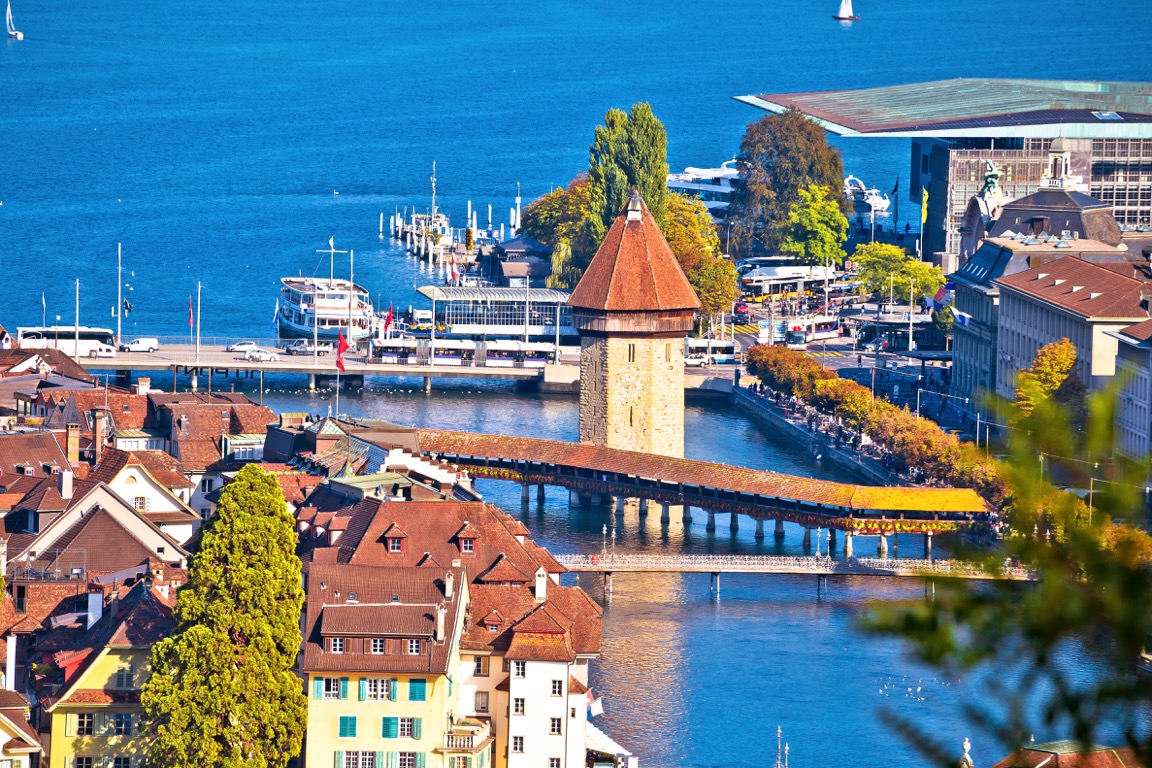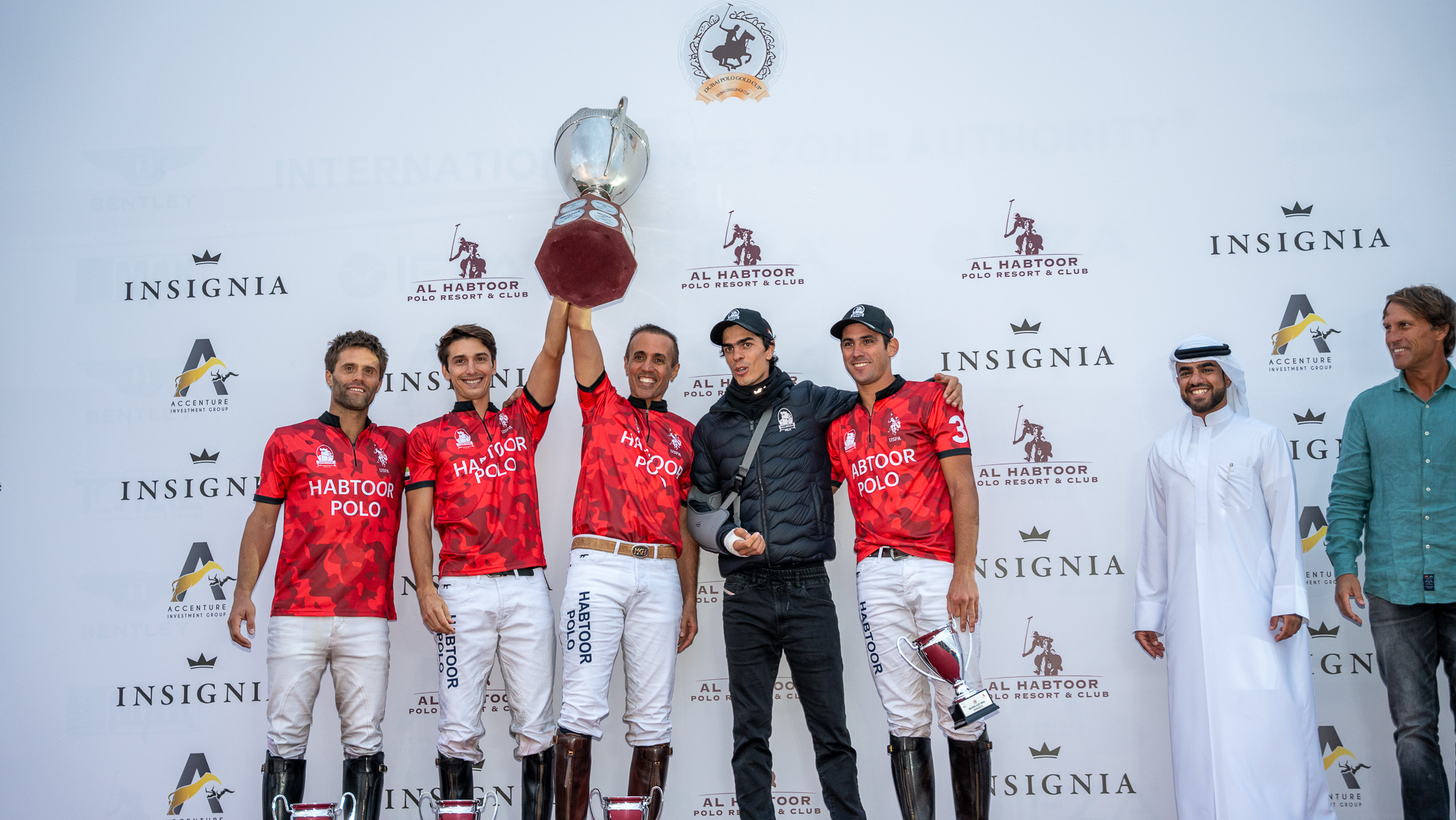
Thrilling victory: Habtoor Polo
The thrilling Gold Cup finals kicked off with Dubai Wolves...

The thrilling Gold Cup finals kicked off with Dubai Wolves...
Traditionally, the Silver Cup, held at handicap level 20, marks...
25.000 of spectators who strolled through the PoloVillage, enjoyed the...
Fashion is fast-moving, collections change with the seasons and often...
Dermatologists and cosmetic studios have been successfully offering light therapy...
Working in the United States, emerging democracies, and democracies in-conflict...
The thrilling Gold Cup finals kicked off with Dubai Wolves by CAFU securing the..
Read More25.000 of spectators who strolled through the PoloVillage, enjoyed the exclusive atmosphere and..
Read MoreFashion is fast-moving, collections change with the seasons and often even..
Read MoreDermatologists and cosmetic studios have been successfully offering light therapy as a skin treatment..
Read MoreA modern maharaja: blending tradition and progress. His Highness Sawai Padmanabh Singh, the 303rd..
Read MoreThe Rolls-Royce La Rose Noire, an extraordinary motor car, presented to the clients who..
Read More
Contributing to Lucerne’s cityscape alongside the world-famous Chapel Bridge and WaterTower are the Musegg Wall, the Mill Bridge, Swiss Museum of Transport, the KKL culture and convention centre, and a host of other sites of interest. Lucerne is a very pretty and exciting city, and there is so much to see. Constructed in first half of the 14th century as a part of the city’s fortifications and named after St. Peter’s Chapel, which is located nearby. The paintings that were added in the 17th century illustrate scenes of Swiss and local history.
Art by Picasso and Klee, finds dating back to last IceAge, historical arte facts from the region, a giant panoramic painting, and all manner of technological achievements and innovations tracing the history of transport: The Swiss Museum of Transport is Switzerland’s most-visited museum and showcases the fascinating history of transport, its achievements and its vehicles. Overleaf we feature some of the sites that one should visit in Lucerne and the nearer surroundings. It is only a small part of the variety Lucerne has to offer.
Water Tower
The octagonal Water Tower was built around 1300 as part of the city wall. In its long history, the enormous structure has served various pur- poses. First it was a defence and watchtower, and later it was used as an archive, treasure and preparation chamber. With walls measuring 4.5m thick, the lowest room was used as a prison cell. Its interior was completely dark. The poor criminals who came there had to sit on a toggle and be lowered into the cell through a hole.
Jesuit Church
The Jesuit Church is the first large sacral Baroque church in Switzerland;constructed in 1666 by Father Christoph Vogler for the Jesuits. The vaultwas redecorated in the mid-18th century. The original vestments ofBrother Klaus, a famous Swiss patron, are stored in the inner chapel. Due to construction works on the celing the Jesuit Church is closed until midof December 2016.
Old city squares
Historical buildings clad in frescos border the Old Town on the right bank of the River Reuss at a few picturesque squares. The Weinmarkt, where Lucerne swore a federal oath with the cantons of Uri, Schwyz and Unterwalden in 1332, is especially attractive. Equally attractive isthe Hirschenplatz square, named after an old inn dating from the MiddleAges, and the Kornmarkt square, which features the Town Hall and the beautifully painted Pfistern guildhall.
Hof Church
Main cathedral for the city, as well as the St. Leodegar and St. Maurice religious center. A Benedictine monastery was founded here in the 8th century. In 1633, a fire destroyed the church; it was rebuilt in 1645. It is the most important Renaissance church in Switzerland. Especially noteworthy are the façade, Mary’s alter (with a relief panel dating from 1500), and the souls’ altar.
‘The dying Lion of Lucerne’
It is a famous monument. It was carved out of natural rock in memory of the heroic deaths of the Swiss mercenaries at the Tuileries in 1792. Mark Twain described the Lion of Lucerne as the saddest and most moving piece of rock in the world.
‘The Nadelwehr’
Technically, this is a unique sight. The so-called ‘spikes’ are lowered into or withdrawn from the water manually to regulate the water level of Lake Lucerne. It was built in 1859–60, replacing the Reuss steps that channelled the water over the city mills.
‘Monastery bricks’ and ‘KitchenClub’
We have two attractive tips for visitors who would also like to explore the surroundings of Lucerne and would not only visit on Pilatus, Rigi or possibly the Stanserhorn. Richard Bucher is a lover of masonry. Decorative bricks from the former Kloster St. Urban monastery in the canton of Lucerne areof special interest to him. As an example of medieval craftsman- ship, they are of particular cultural value. Bucher, who has been studying the bricks for the past 16 years, is the only monastery brick-maker in Europe. On this tour, you can learn about this oldcraft at first hand – and even have a go at making your own brick.www.st-urban.ch
The new Kitchen Club at Art Deco Hotel Montana provides guests with a culinary experience for all the senses, presented to perfection. Every week from Thursday to Sunday, hotel direc-tor Fritz Erni welcome you to their restaurant that has been com- pletely renovated at a cost of around CHF 4.5 million. The establishment comprises six different ‘zones’ that allow you to taste, listen and watch as head chef Johan Breedijk creates his range of top-class dishes that score 15 points in the Gault Millau gourmet guide.
For more infomation please contact the corresponding sites of Lucerne tourist information centre. www.lucerne.com
Photo credit: Fotolia

The thrilling Gold Cup finals kicked off with Dubai Wolves by CAFU securing the initial

Traditionally, the Silver Cup, held at handicap level 20, marks the start of the Dubai

25.000 of spectators who strolled through the PoloVillage, enjoyed the exclusive atmosphere and soaked up
[user_registration_form id=”9713″]
Membership as a POLO & LUXURY Insider is free.
POLO & LUXURY do not share your data with third parties.
[user_registration_my_account redirect_url=”my-account”]